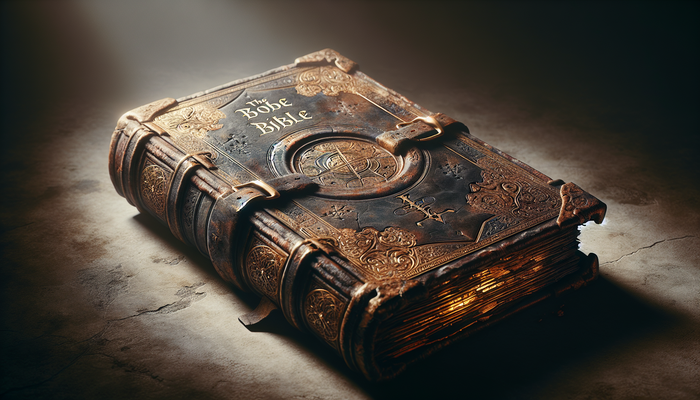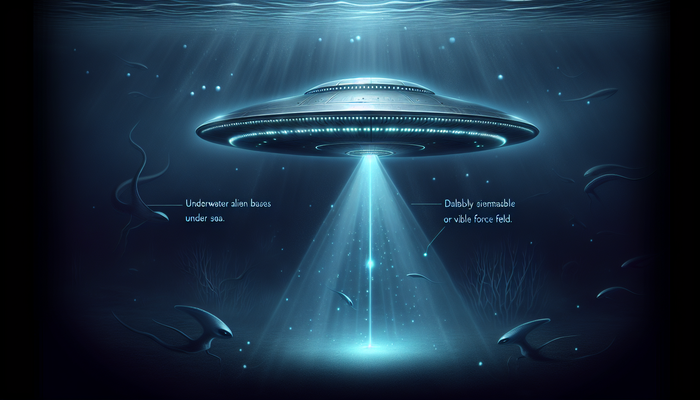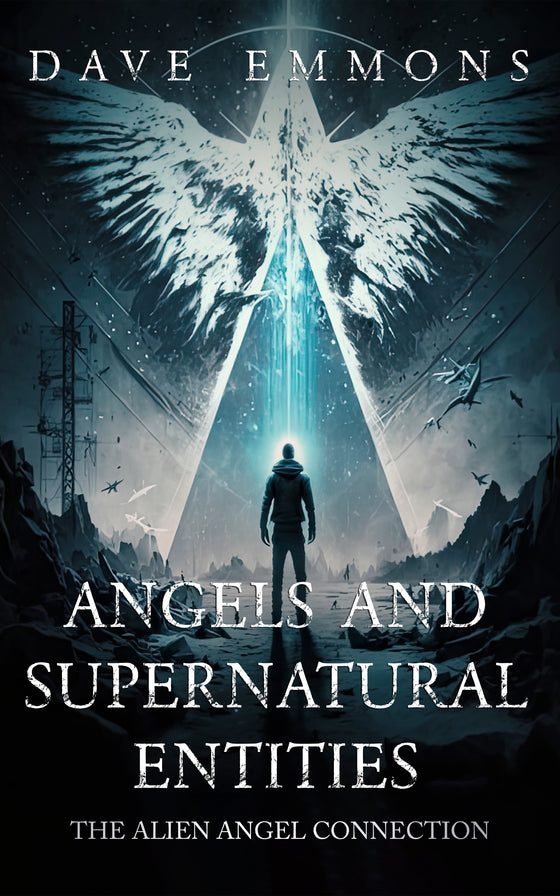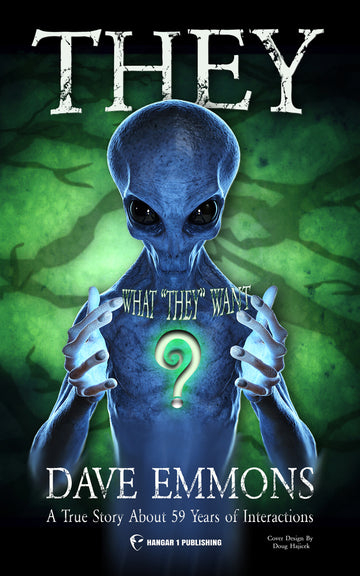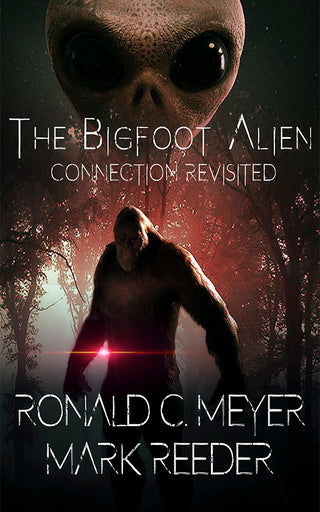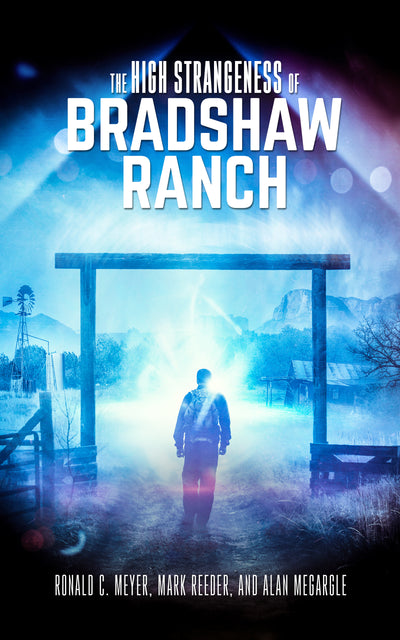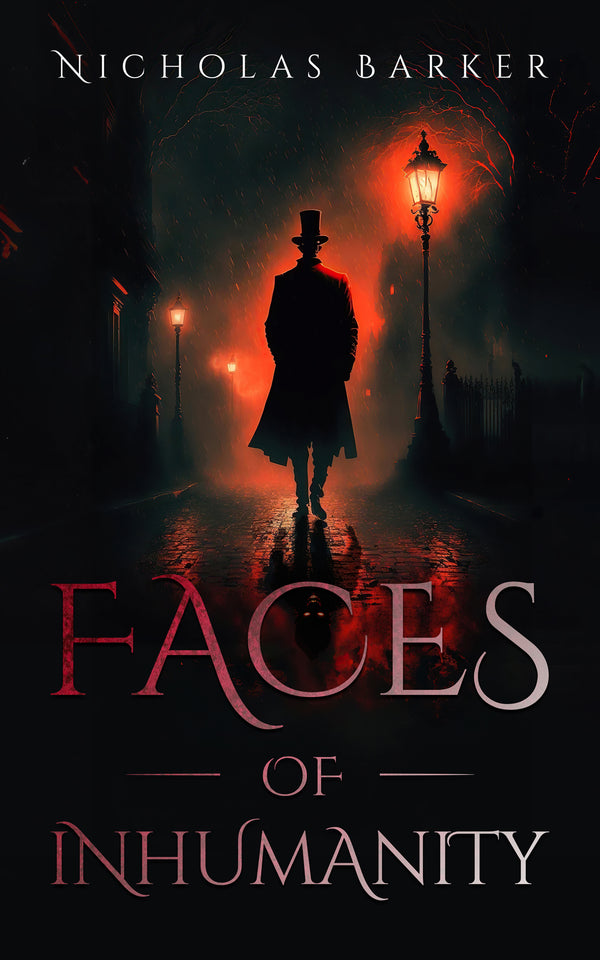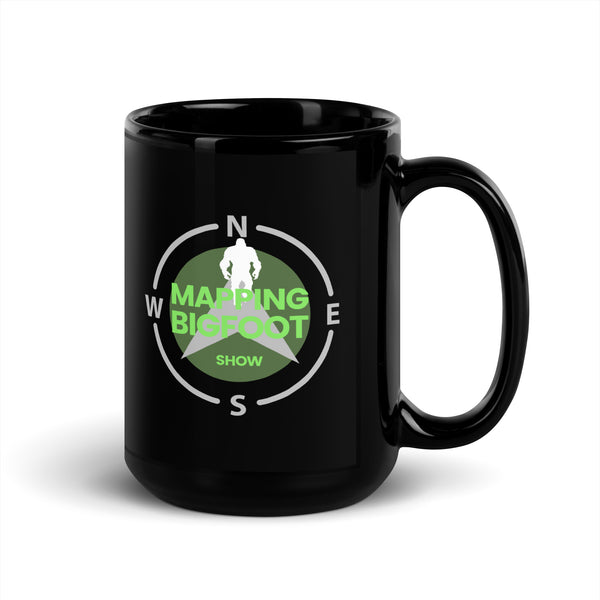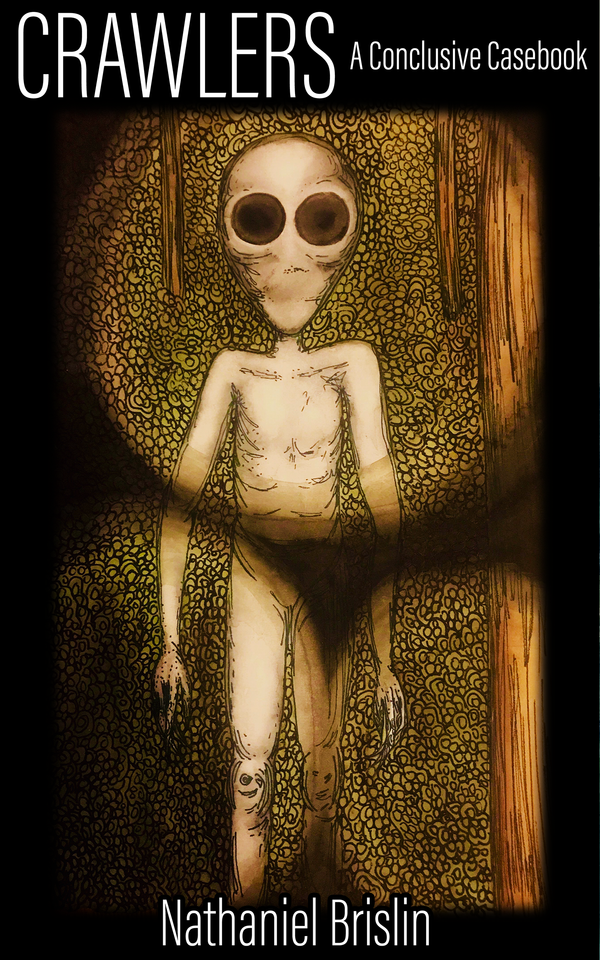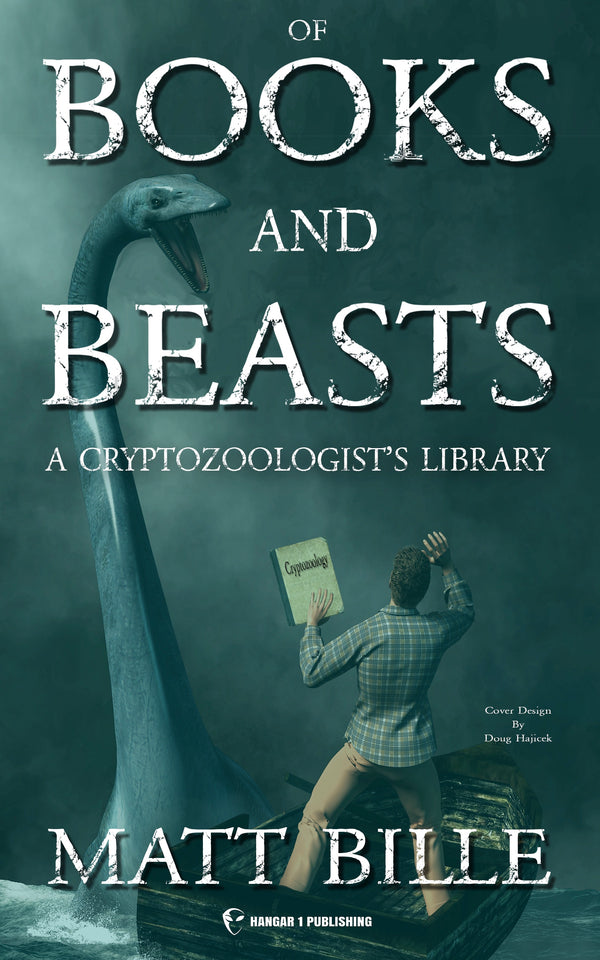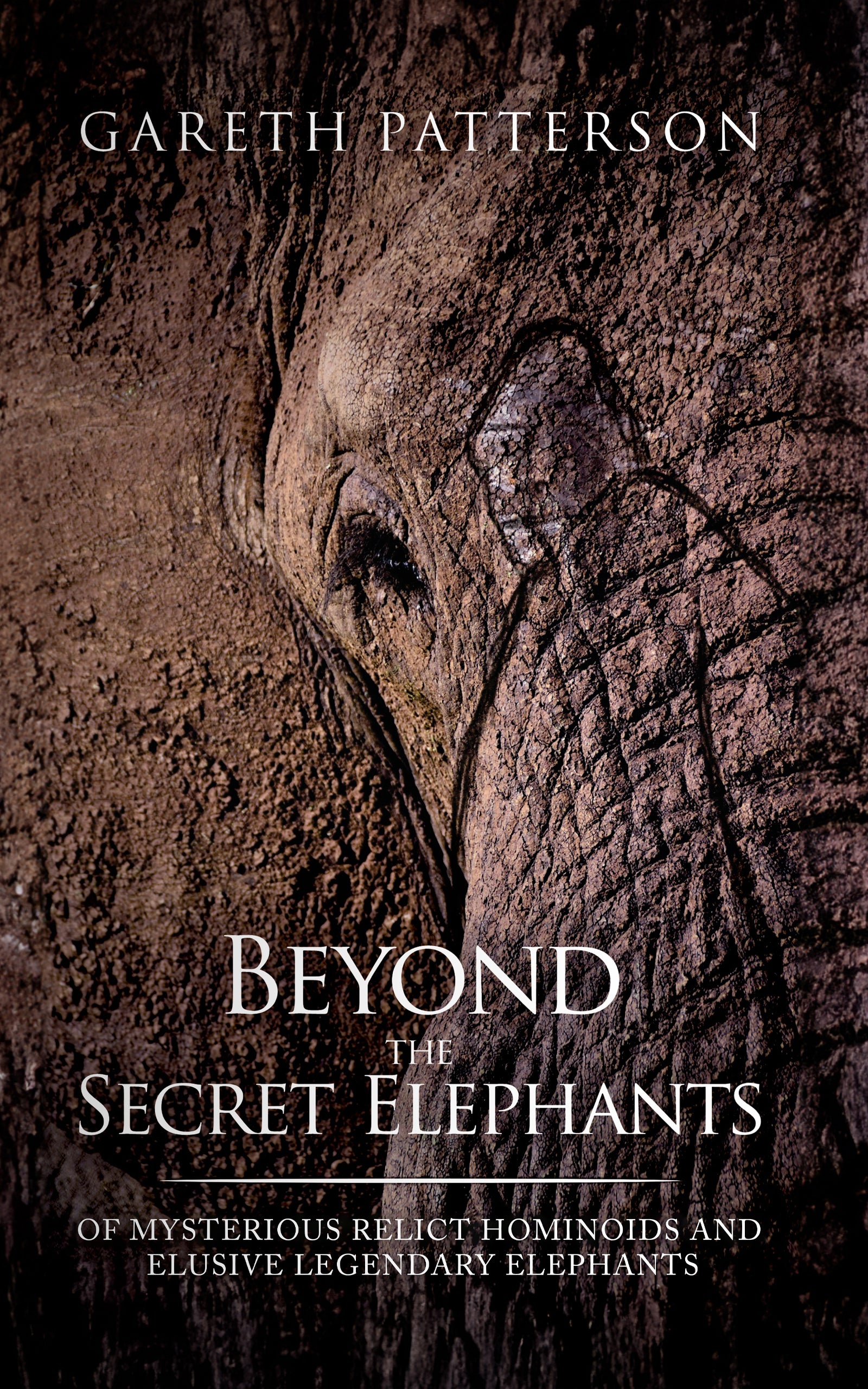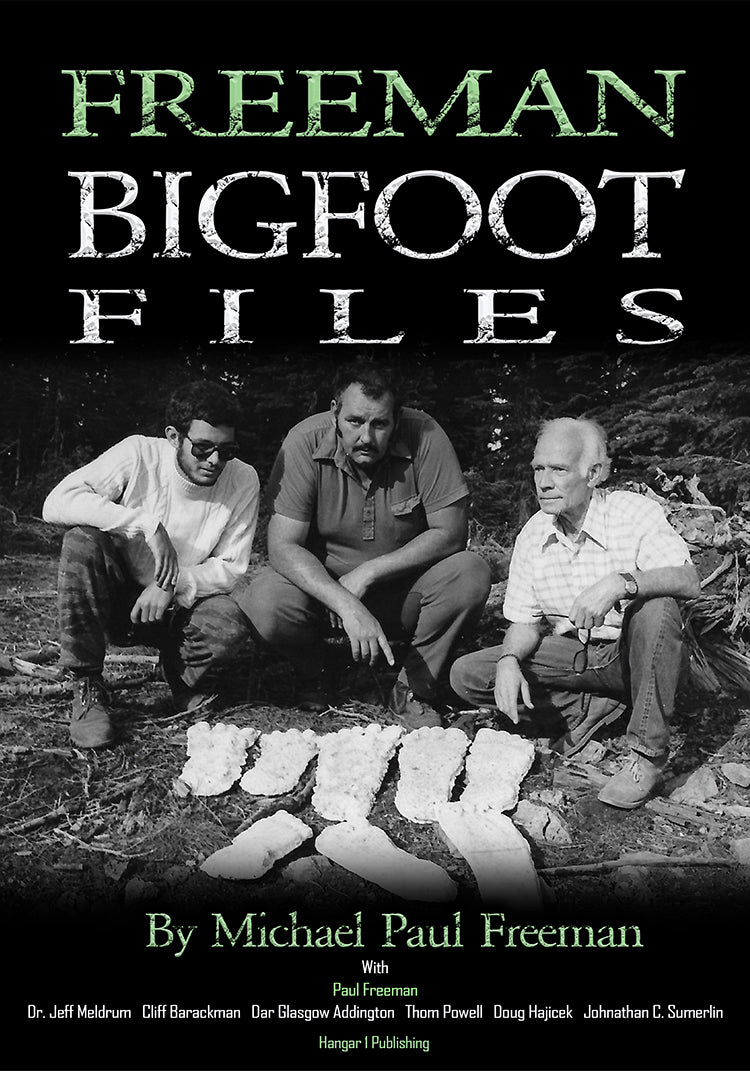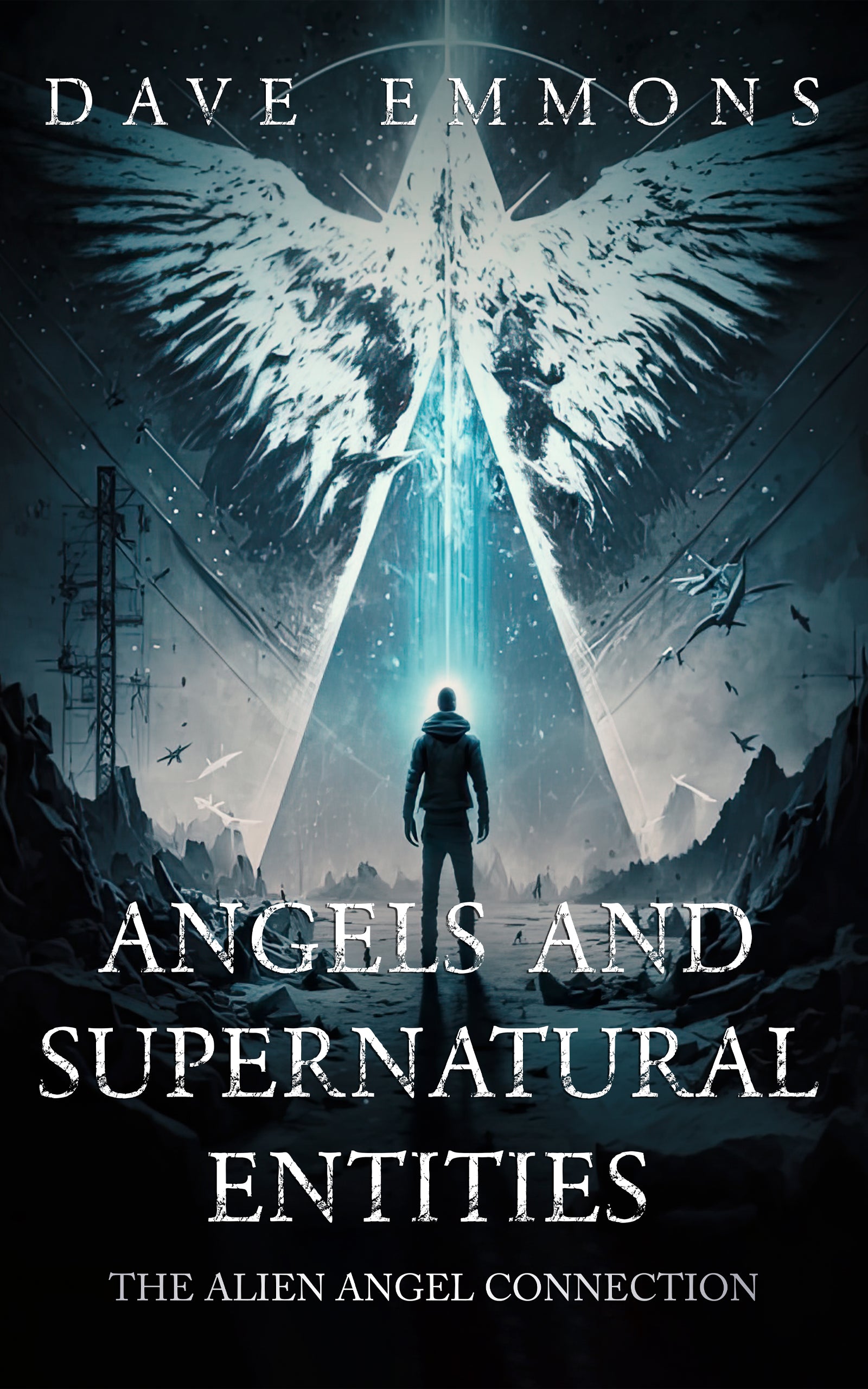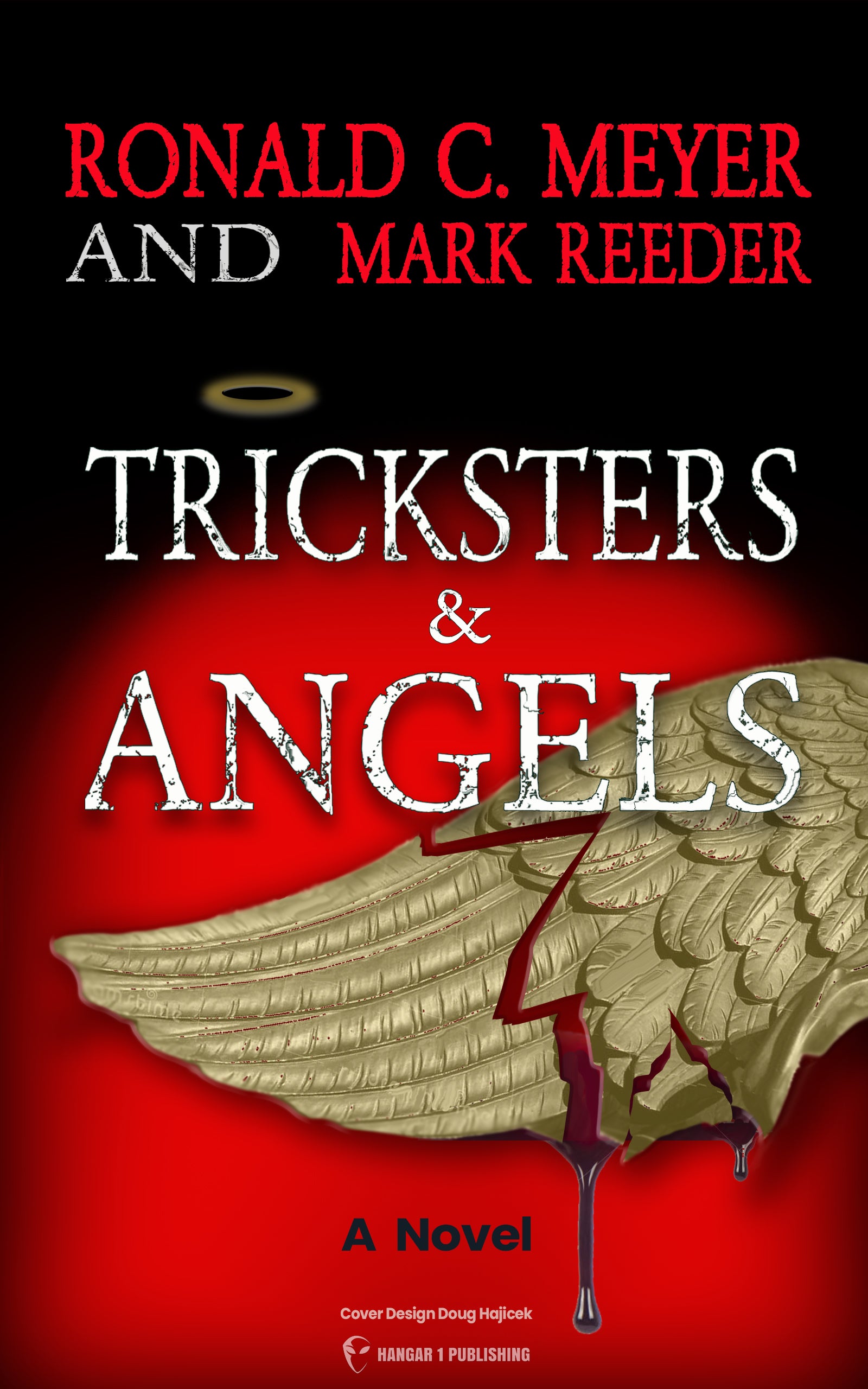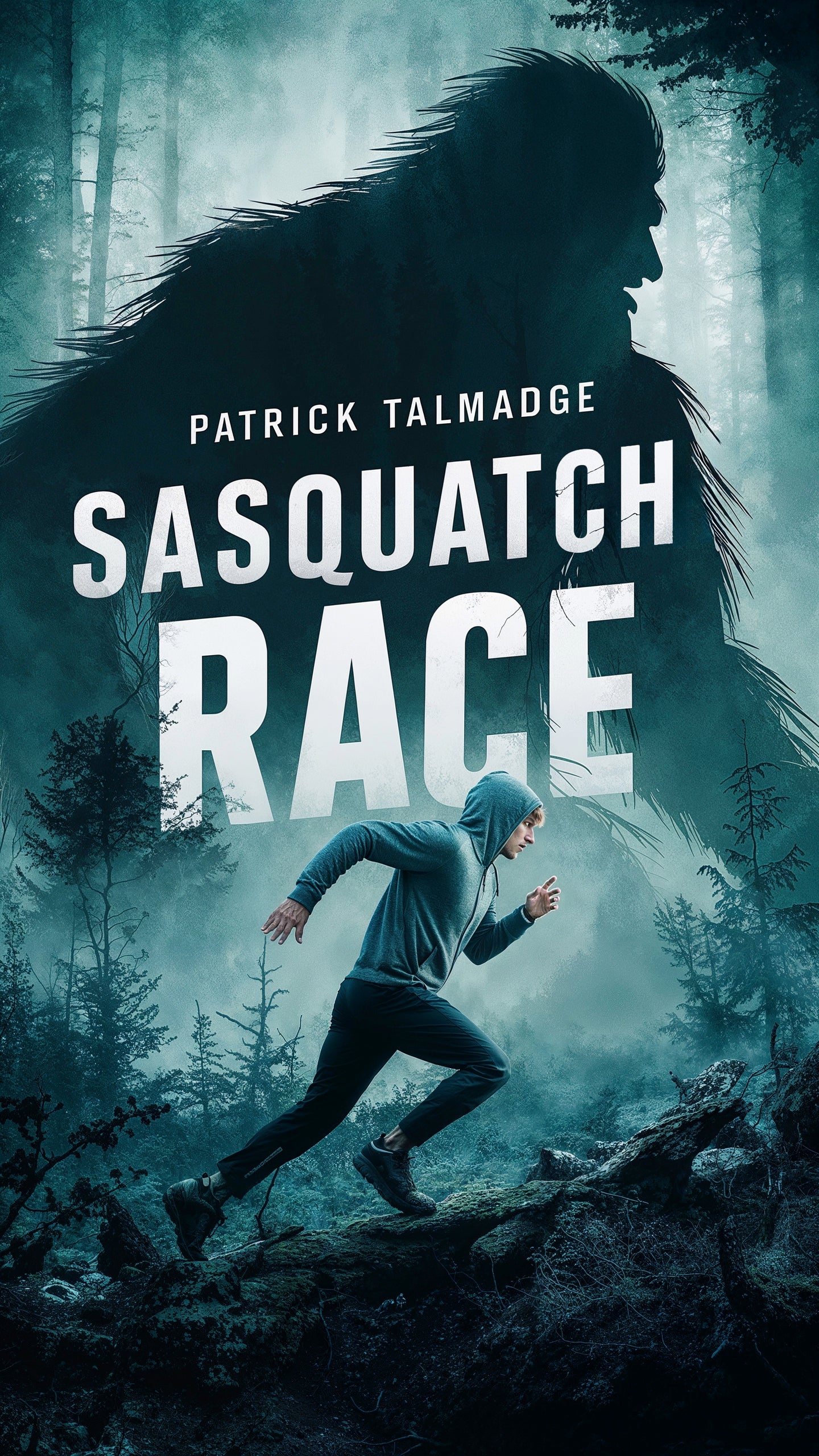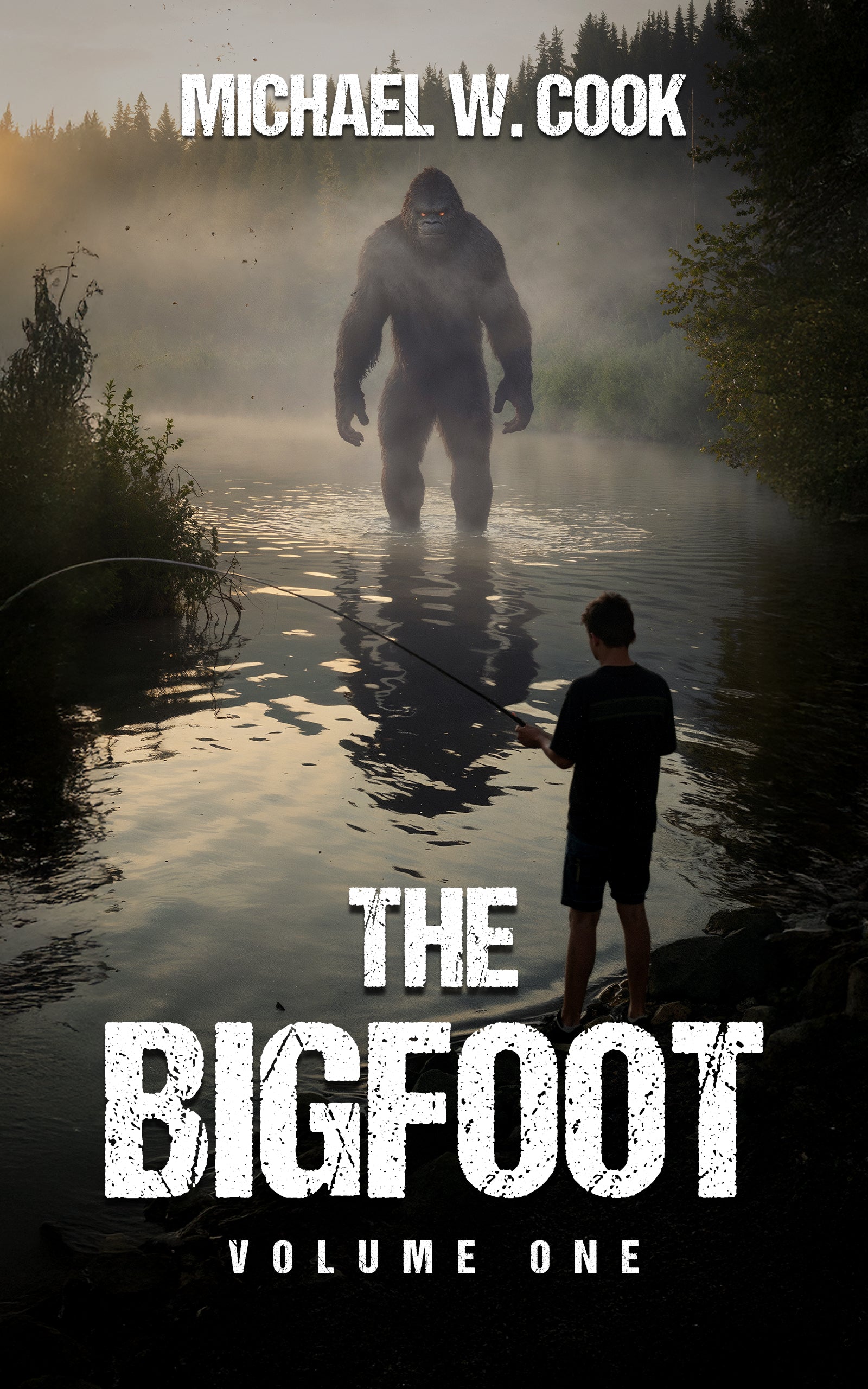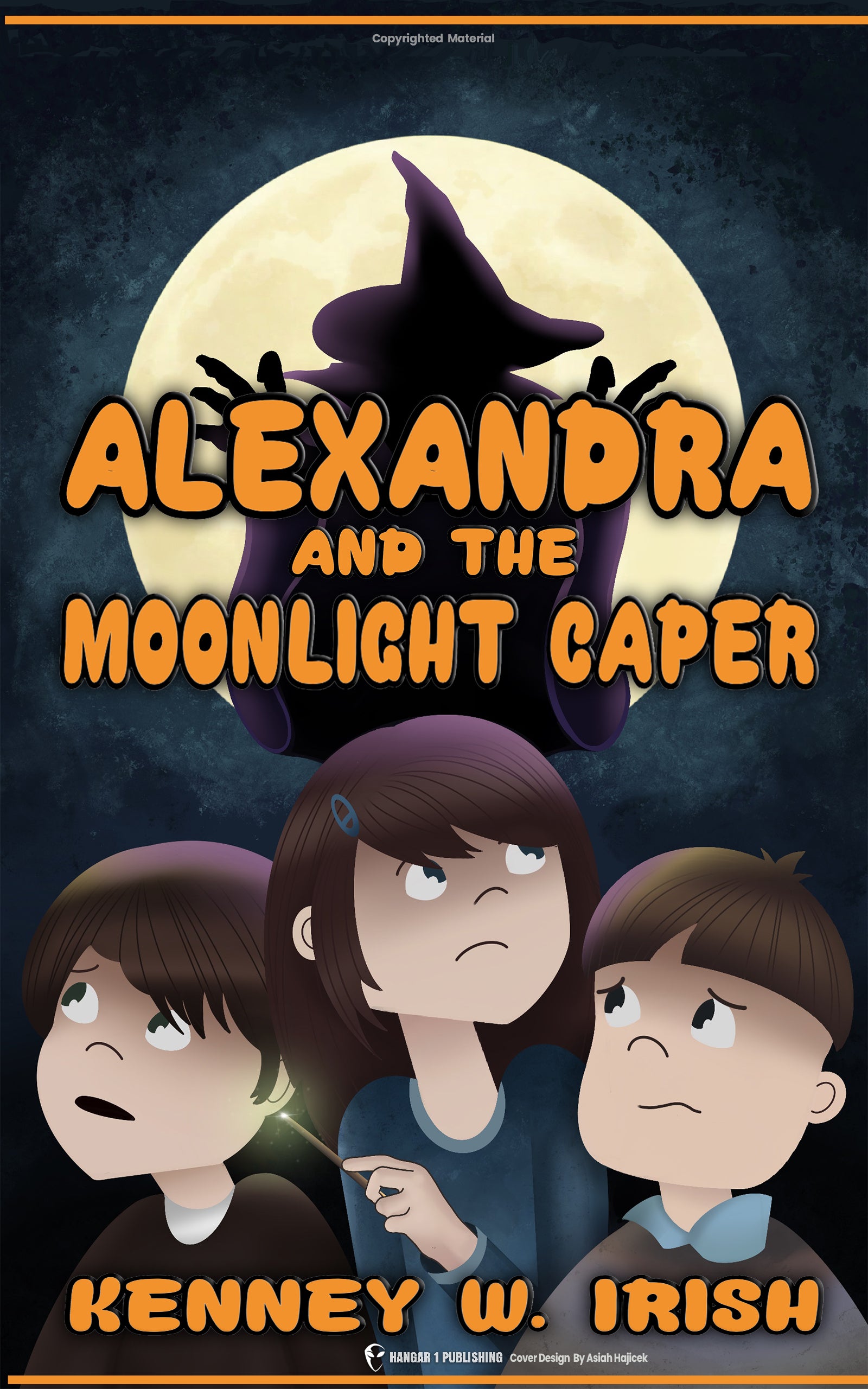Stanton Friedman: UFO Investigator and Physicist

By Howard Callahan, Ufologist
Let's talk about a fellow who threw a rather large wrench into the gears of convention. When most folks think about UFO investigators, they might picture someone a bit… out there. But Stanton Friedman? He wasn't your garden-variety believer. This man was a nuclear physicist, steeped in hard science, who took a sharp turn from classified government labs into the perplexing realm of flying saucers. He wasn't just looking at lights in the sky; he was analyzing data, interviewing witnesses, and digging through archives with the same rigor he applied to atomic particles.
Friedman wasn't shy about it, either. He called himself "The Flying Saucer Physicist," a title that raised eyebrows but perfectly captured his unique position. His central, unwavering conclusion, reached after decades of painstaking research, was straightforward but startling: "The evidence is overwhelming that Planet Earth is being visited by intelligently controlled extraterrestrial spacecraft. In other words, SOME UFOs are alien spacecraft." He wasn't saying every blurry photo was the real deal – far from it. He often used the analogy of a basketball coach: the coach isn't interested in everyone under seven feet tall, only the ones who are. Friedman was interested in the genuine, unexplained phenomena, the "seven-footers" of the UFO world. And woven into this belief was an even more explosive idea: a "Cosmic Watergate," a massive, decades-long government conspiracy to hide this monumental truth from the public. His life became a quest, not just for evidence, but for the validation of a reality he believed the data undeniably supported, leaving behind a legacy of inquiry that continues to provoke and challenge.
From Atomic Age to Alien Age: Friedman's Foundational Journey
To understand Stanton Friedman's approach to UFOs, you have to start with his grounding in hard science. Born Stanton Terry Friedman in Elizabeth, New Jersey, on July 29, 1934, he grew up in nearby Linden. His academic path led him from Rutgers University to the demanding physics program at the University of Chicago, where he earned both his Bachelor's and Master's degrees by 1956. This wasn't just a walk in the park; it was rigorous training in scientific methodology, critical thinking, and data analysis.
Perhaps a hint of his future tenacity emerged much earlier. Friedman often recounted a telling incident from the fifth grade. His teacher, Rose Gutkin, explained that the sun stood still while the planets orbited it. Young Stanton, having just read in his encyclopedia (bought volume by volume at the supermarket!) that the entire solar system orbits the galactic center at incredible speed, politely corrected her. He got dressed down for his trouble. But the next day, armed with the encyclopedia, he returned. His teacher reluctantly conceded he might be right. The lesson embedded itself deeply: "Have facts in hand before putting mouth in gear." It was a principle, honed further by high school debating success, that would define his career.
Before chasing saucers, Friedman spent 14 years immersed in the cutting edge of nuclear physics. He wasn't just theorizing; he was working for giants like General Electric, General Motors, Westinghouse, TRW Systems, Aerojet General Nucleonics, and McDonnell Douglas. His portfolio included highly classified, advanced projects – things straight out of science fiction for most people back then: nuclear-powered aircraft, fission and fusion rockets for space travel, and compact nuclear power plants designed for space applications. He jokingly referred to setting a record for working on canceled government projects, but the experience was invaluable. It gave him firsthand knowledge of advanced propulsion concepts and, crucially, the inner workings of government secrecy. He understood compartmentalization, the strict "need-to-know" basis of classified information, and how effectively secrets could be kept. This wasn't abstract speculation; it was lived experience that later fueled his conviction about a UFO cover-up.
His entry into ufology wasn't a dramatic conversion but a rather mundane, almost accidental event. In 1958, while working for GE in Cincinnati, he needed one more book to make up a mail order and avoid postage fees. The title that caught his eye, marked down to a dollar, was The Report on Unidentified Flying Objects by Captain Edward J. Ruppelt, the former head of the Air Force's Project Blue Book and the man who coined the term "UFO." Friedman found Ruppelt's account – discussing military investigations and unexplained sightings – intriguing. The scientific mind was hooked, not by sensationalism, but by the possibility of data where none seemed to exist before.
The Data-Driven Awakening: Project Blue Book and the Birth of a "Cosmic Watergate"
The real turning point, the moment curiosity hardened into conviction, came in 1960. Browsing the library at the University of California, Berkeley, Friedman stumbled upon something most UFO enthusiasts, let alone the general public, had never heard of: Project Blue Book Special Report Number 14. This wasn't just another anecdotal account; it was a colossal statistical analysis of 3,201 UFO cases investigated by the Air Force, compiled by the respected Batelle Memorial Institute. For Friedman, a self-proclaimed "data hound," discovering its 240 charts, tables, graphs, and maps was like striking gold. "I was in data heaven," he often recalled.
As he dug into the numbers, the contradiction became glaringly obvious. The report classified a significant 21.5% of thoroughly investigated sightings as "Unknowns." These weren't cases lacking data – those were filed under "Insufficient Information" (another 9.3%). These were reports, often from highly credible witnesses like pilots, describing objects of definite shape and exhibiting flight characteristics that defied conventional explanation – hovering, sudden acceleration, right-angle turns at high speed. Even more damning, the report found a direct correlation: the better the quality of the sighting (credible witness, longer duration, multiple observers), the more likely it was to be classified as "Unknown." Logic dictated that poor sightings should be harder to identify, not the other way around. Statistical analysis within the report (a Chi-Square test, for the mathematically inclined) even concluded the probability that the "Unknowns" were just misidentified known objects was less than 1%. They were statistically distinct.
Yet, the official Air Force press release, widely disseminated in 1955, painted a completely different picture. Quoting the Secretary of the Air Force, it confidently stated, "On the basis of this report we believe that no objects such as those properly described as flying sorceries have overflown the United States," and dismissed the few remaining unknowns (falsely stated as only 3%) as likely identifiable if only more data had been available. For Friedman, who had worked within the classified world, the discrepancy was too stark, too deliberate. This wasn't a simple misinterpretation; it was, in his view, an outright lie. It proved the Air Force knew something significant was happening and was actively misleading the public. This discovery, born from meticulous data analysis, became the bedrock of his "Cosmic Watergate" thesis – the belief that a veil of secrecy had been drawn over the most profound story in human history.
Investigating the Icons: Roswell, Hill, and the Evidence of Visitation
Friedman wasn't content just analyzing old reports; he rolled up his sleeves and became a field investigator. His most famous contribution was arguably breathing life back into the Roswell incident. When Friedman started digging in the late 1970s, the 1947 event – where the Roswell Army Air Field initially announced recovering a "flying disc" before hastily retracting it as a weather balloon – was largely forgotten. Friedman became the original civilian investigator, painstakingly tracking down leads decades later.
His persistence paid off. He located and interviewed Major Jesse Marcel, the intelligence officer who was first on the scene and handled the strange wreckage. Marcel insisted the material was unlike anything he’d ever seen – lightweight but incredibly strong foil that remembered its shape, I-beams with strange symbols – and that the weather balloon story was a cover. Friedman also found Glenn Dennis, a mortician working in Roswell in 1947. Dennis recounted unsettling calls from the base hospital inquiring about child-sized hermetically sealed caskets and described a disturbing conversation with a nurse (who later reportedly vanished) who claimed to have assisted in preliminary autopsies on small, non-human bodies recovered from a crash site. Friedman even recalled interviewing Dennis amidst the unique backdrop of a Billy the Kid pageant in Lincoln, New Mexico, mariachi music playing as Dennis shared his chilling story. Based on these and dozens of other interviews, Friedman became absolutely convinced that not just debris, but alien bodies had been recovered, launching an unprecedented government cover-up. His work single-handedly put Roswell back on the map, transforming it into the cornerstone event of modern ufology.
Friedman also dedicated significant energy to the 1961 Betty and Barney Hill abduction case, the first widely publicized claim of its kind. Collaborating with Betty's niece, Kathleen Marden, he co-authored Captured! The Betty and Barney Hill UFO Experience. While the entire narrative was complex, Friedman was particularly captivated by a star map Betty drew under hypnosis. She claimed the alien leader showed her a 3D holographic map indicating trade routes and their home base. Years later, amateur astronomer Marjorie Fish created a 3D model of nearby sun-like stars and found a potential match – a viewing perspective from the Zeta Reticuli system, twin stars about 39 light-years away. Friedman argued this was powerful evidence. Betty, a social worker with no astronomical background, couldn't possibly have known the precise 3D alignment of stars, especially since the accurate stellar distance data Marjorie Fish used wasn't even available until 1969, years after the abduction and Betty’s drawing. To Friedman, the map could only have come from an extraterrestrial source familiar with that region of space.
Beyond these high-profile cases, Friedman emphasized the importance of other evidence streams often ignored by skeptics. He frequently cited the work of Ted Phillips, who compiled over 5,200 "physical trace" cases from 95 countries – instances where UFOs allegedly left tangible marks on the environment, like scorched earth, depressed landing gear imprints, or affected vegetation. He also highlighted numerous radar-visual cases, like the 1957 RB-47 incident, where a reconnaissance jet with a highly trained crew was tracked on radar and visually observed being circled by an unknown object for over an hour across several states, performing maneuvers impossible for conventional aircraft. For Friedman, the consistency and sheer volume of such reports, coupled with the physical and instrumental data, formed a compelling body of evidence for anomalous aerial phenomena of non-Earthly origin.
The Majestic Narrative: MJ-12 and the Depth of the Cover-Up
If Roswell hinted at a cover-up, the documents that surfaced in the mid-1980s purported to reveal its stunning depth. These were the controversial Majestic 12 (MJ-12) papers, received anonymously on a roll of undeveloped film by Friedman’s colleagues Jaime Shandera and William Moore. The core document appeared to be an eight-page "Eyes Only" briefing, dated November 18, 1952, prepared for President-elect Dwight D. Eisenhower. It allegedly detailed the recovery of a crashed extraterrestrial spacecraft and alien bodies near Roswell in July 1947 and outlined the establishment of a super-secret oversight committee, Operation Majestic 12, personally authorized by President Truman in September 1947.
The purported members of MJ-12 were an "all-star cast": the first three Directors of Central Intelligence, the first Secretary of Defense, several high-ranking military leaders, and prominent scientists like Dr. Vannevar Bush and Dr. Donald Menzel. The inclusion of Menzel, a Harvard astronomer known publicly as a staunch UFO debunker, immediately struck Friedman as odd, potentially a sign of a hoax. However, upon digging, Friedman discovered Menzel’s extensive, covert work for the intelligence community (including the NSA) and his top-secret clearances, suggesting a possible double life or a deliberate disinformation role – a complexity the hoaxer might not know.
Friedman dedicated over a decade to meticulously investigating these documents, visiting 19 archives, scrutinizing typography, tracking down related correspondence, and comparing details against known historical facts. While acknowledging some later MJ-12 related documents were clearly fakes, he became convinced the core briefing documents were authentic. He found no substantive reason, no historical or technical "showstopper," to dismiss them. His confidence was famously demonstrated in a bet with arch-skeptic Philip Klass. Klass challenged Friedman to find genuine government memos from the correct timeframe using the specific Pica typeface found on one MJ-12 related memo, offering $100 for each example up to ten. Friedman unearthed 14 such documents from archives Klass had never visited, and Klass reluctantly paid up $1,000.
Later, another related document surfaced: a purported "Special Operations Manual" titled "SOM1-01: Extraterrestrial Entities and Technology, Recovery and Disposal," also stamped "Top Secret/MAJIC - Eyes Only." This manual allegedly provided chillingly detailed procedures for military teams recovering crashed discs and bodies, including methods for securing sites, handling evidence, transporting materials (including bodies), and, significantly, protocols for disseminating cover stories and outright lying to the public and media to maintain national security. For Friedman, the MJ-12 documents, if genuine, were the smoking gun, representing the highest level of government effort to manage and conceal the reality of extraterrestrial visitation – the very heart of the "Cosmic Watergate." They were, in his words, potentially "the most important documents ever leaked to the American public."
The Debunker's Bane: Friedman's Confrontational Style and Criticisms
Stanton Friedman wasn't one to shy away from a fight, especially when he felt science or truth was being misrepresented. Armed with data and a sharp intellect honed by high school debating championships, he became a formidable opponent for skeptics. He famously advised fellow researchers, "Don't be an apologist ufologist," urging them to be assertive and stand firm on the evidence rather than constantly defending their interest in the subject.
He had little patience for what he termed "noisy negativists" and "debunkers," arguing passionately that most simply hadn't done their homework. He relished public debates, often squaring off against prominent skeptics like Michael Shermer and Philip Klass. He felt their arguments crumbled under scrutiny because they ignored the vast datasets compiled in studies like Project Blue Book Special Report #14 or the thousands of physical trace cases. He often used humor as a weapon, poking fun at the logical fallacies or lack of research behind skeptical claims. He even codified what he saw as their typical tactics:
- What the public doesn’t know, I’m not going to tell them (ignore inconvenient data).
- Don’t bother me with the facts; my mind’s made up.
- If you can’t attack the data, attack the people.
- Do your research by proclamation; investigation is too much trouble.
His critical eye wasn't reserved solely for dedicated debunkers. He took issue with revered figures in science and science fiction when he felt their pronouncements on UFOs were ill-informed or dismissive. He dissected Isaac Asimov's calculations on the probability of extraterrestrial civilizations, arguing Asimov made "incredible assumptions" based solely on Earth's timeline and failed to consider colonization or civilizations that might be billions of years older. He challenged Arthur C. Clarke's assertion that advanced radar systems would surely have detected UFOs if they were real, pointing out that Clarke, as a writer, wouldn't have the clearance to access potentially classified radar reports. Absence of evidence easily available to the public, Friedman insisted, is not evidence of absence.
Even his own University of Chicago classmate, Carl Sagan, wasn't spared. Friedman respected Sagan but strongly disagreed with his famous dismissal of UFO evidence: "The reliable cases are uninteresting and the interesting cases are unreliable." Friedman would counter forcefully, citing Blue Book Report #14's finding that the highest quality, most reliable sightings were precisely the ones most likely to remain unexplained – the exact opposite of Sagan's claim.
His critique extended to the Search for Extraterrestrial Intelligence (SETI) program, which he mischievously dubbed the "silly effort to investigate." His core issue? SETI's fundamental premise relied on passively listening for radio signals, implicitly assuming ETs hadn't already visited. Friedman argued this ignored decades of compelling UFO evidence – sightings, radar confirmations, physical traces. If they were already here, he reasoned, perhaps resources should be directed towards understanding them and their technology, not just waiting for a distant radio call.
The Public Evangelist: Lectures, Polls, and Breaking the "Laughter Curtain"
Friedman didn't just investigate; he felt a duty to educate. For decades, his lecture tour, aptly titled "Flying Saucers ARE Real," was his primary platform. He wasn't just speaking at UFO conferences; he took his message – backed by dozens of meticulously prepared slides showcasing data, documents, and case details – directly to the mainstream, delivering over 700 lectures at colleges, universities, engineering societies, and professional groups across all 50 US states, 10 Canadian provinces, and 19 other countries. His goal was clear: present the evidence, challenge the prevailing skepticism, and show people that serious, data-driven investigation supported the reality of ET visitation.
He had a knack for making complex scientific and historical information accessible, often using humor and relatable analogies. He knew how to command a room and hold an audience's attention, skills perhaps partly honed during his early days doing stand-up comedy in the Catskills to pay his way through university. A key part of his presentation involved highlighting large-scale scientific studies, like Blue Book Special Report #14, asking audiences how many had actually read them. Typically, only 1 or 2 percent raised their hands. This served to underscore how little the public – and often the media and skeptics – knew about the actual data.
He consistently pointed to public opinion polls as evidence against the common misconception that "nobody believes" in UFOs. Gallup polls conducted over decades, he noted, consistently showed a majority of respondents who expressed an opinion believed UFOs were real. He even cited polls of engineers and scientists showing significant belief in the phenomenon, with many considering an extraterrestrial origin likely. Perhaps most surprisingly, he highlighted data suggesting that the more educated someone was, the more likely they were to accept the reality of UFOs once presented with the evidence.
This led him to champion the concept of the "laughter curtain" – the pervasive societal fear of ridicule that prevents witnesses from reporting sightings and stifles open discussion. He saw this fear, fueled by media portrayal and official debunking efforts, as a major obstacle. At the end of his lectures, he'd often ask how many attendees had seen something they couldn't explain. Typically, around 10% would raise their hands, often hesitantly. But when asked how many reported it, nearly all hands would drop. Why? Fear of being labeled a "nut." Friedman's lectures, his confident presentation of evidence, and his own scientific credentials created a space where people felt safe to acknowledge their experiences, puncturing that curtain of ridicule, one lecture at a time.
A Life Grounded in Evidence, Not Sightings
Perhaps one of the most intriguing aspects of Stanton Friedman's five-decade quest is this: the man who became arguably the world's most recognized scientific ufologist never actually saw a flying saucer or an alien himself. He often preempted the inevitable question with a comparison drawn from his first career. "I chased neutrons and gamma rays for a lot of years as a physicist, and never saw one of them either," he'd quip. "In fact, I’ve never seen Tokyo, but I’m convinced it’s there.”
His unwavering conviction wasn't born from a personal, transformative encounter in the night sky. It wasn't based on faith or wishful thinking. Instead, it was meticulously constructed, piece by piece, over years of relentless investigation and analysis. His belief stemmed from the patterns he saw in the data from Project Blue Book, the consistency in testimony from credible witnesses like military pilots and radar operators, the physical evidence reported in trace cases from around the globe, the historical threads he uncovered in forgotten archives, and the potential authenticity he perceived in classified documents like the MJ-12 papers. For Friedman, the cumulative weight of this diverse evidence, examined through the lens of a trained physicist familiar with advanced technology and government secrecy, pointed overwhelmingly in one direction: we are not alone, and someone knows it.
Legacy and Impact: Shaping Ufology and Challenging Perspectives
Stanton Friedman left an indelible mark on the study of unidentified flying objects. Before him, much of ufology relied heavily on anecdotal accounts and speculation. Friedman, with his rigorous scientific training and "facts first" approach, brought a new level of systematic investigation to the field. He wasn't just collecting stories; he was correlating data, scrutinizing documents, cross-referencing testimonies, and applying logical analysis. He demonstrated that serious, evidence-based research was possible, earning the description from some as a "gentleman ufologist" who lent credibility to a subject often relegated to the fringes.
His relentless pursuit of the Roswell incident fundamentally altered the landscape of ufology. He transformed a dusty, half-forgotten military press release flip-flop into arguably the most famous and debated UFO case in history. His books and lectures ensured Roswell became synonymous with crashed saucers and government cover-ups in the public imagination.
Friedman was never afraid to challenge authority, whether it was government officials he accused of perpetuating the "Cosmic Watergate" or esteemed scientists he felt were dismissively ignoring crucial evidence. His willingness to publicly criticize figures like Sagan, Asimov, and Clarke, armed with specific counterarguments, forced a degree of engagement often lacking in discussions of the topic. He consistently pushed back against simplistic debunking and demanded that the data, however unsettling, be addressed.
His legacy is also tangible. In the years before his passing, he donated his vast collection of research materials – filling five cargo vans – to the Provincial Archives of New Brunswick. This trove of documents, interview notes, correspondence, and case files represents decades of dedicated work and serves as an invaluable resource for future researchers seeking to understand Friedman's findings and continue the investigation. The ongoing project to catalogue and process these archives ensures his work will continue to inform the field for years to come.
Beyond the specific cases and documents, Friedman consistently pushed people to consider the broader philosophical implications of extraterrestrial visitation. He saw it as the ultimate perspective shift, forcing humanity to look beyond tribal conflicts and national borders ("primitive tribal warfare," as he bluntly put it) and recognize ourselves simply as "earthlings" in a vast cosmic neighborhood. He mused about the potential societal upheaval – the disruption to energy industries, transportation, communication, and even religion – that confirmed contact or shared technology might bring. His work wasn't just about proving saucers were real; it was about confronting what that reality means for us as a species.
Recognized with Lifetime Achievement Awards and an induction into the UFO Hall of Fame in Roswell, and even honored with his own "Stanton Friedman Day" in his adopted hometown of Fredericton, his impact was undeniable. Stanton Friedman didn't provide all the answers, but he spent a lifetime tenaciously pursuing the evidence, demanding that the difficult questions be asked, and ensuring the possibility of visitors from elsewhere remained firmly on the table, compelling us to keep looking up and wondering.
From Bigfoot to UFOs: Hangar 1 Publishing Has You Covered!
Explore Untold Stories: Venture into the world of UFOs, cryptids, Bigfoot, and beyond. Every story is a journey into the extraordinary.
Immersive Book Technology: Experience real videos, sights, and sounds within our books. Its not just reading; its an adventure.



